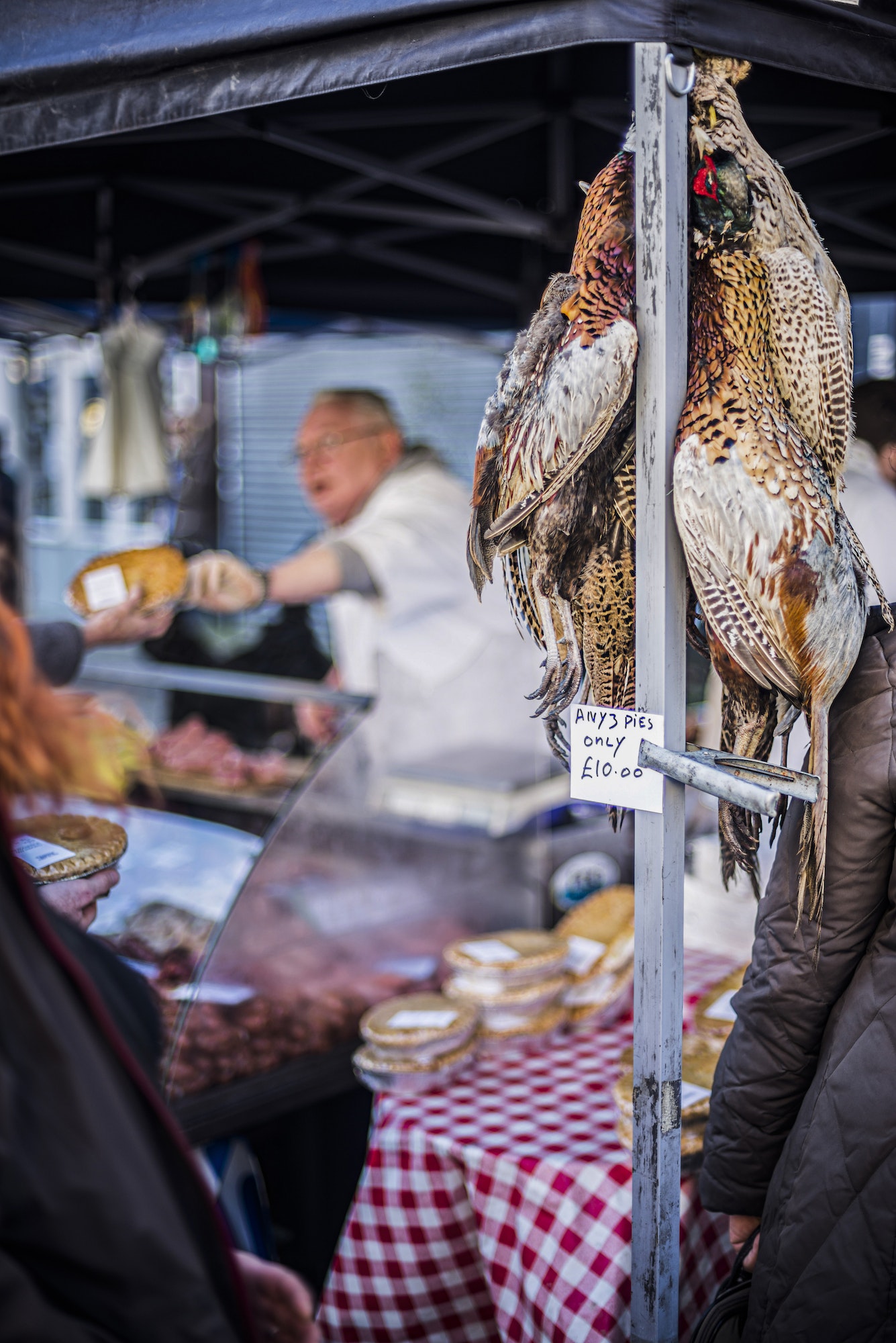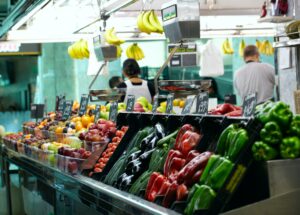Nestled in the heart of London, the famed Borough Market represents a culinary treasure trove for both locals and tourists alike. With its rich history dating back over a millennium, this bustling market has witnessed the evolution of food culture in London and now stands as a symbol of the city’s vibrant gastronomic scene. The following article delves into the fascinating background of Borough Market, exploring its unique place within both British and European food history.
The origins of Borough Market can be traced back to 1014 AD when it was believed to have been established on the southern end of London Bridge. This prime location allowed the market to serve as a hub for traders traveling between London and the surrounding countryside. Over time, the market grew in size and significance, with King Edward VI granting it a royal charter in 1550.
However, the market’s continued expansion led to increasing congestion on London Bridge, prompting authorities to relocate it several times throughout the 17th and 18th centuries. Eventually, in 1756, an Act of Parliament decreed that Borough Market should be moved to its current site at Southwark Street.
As Borough Market entered the 19th century, it continued to flourish with an emphasis on fresh produce supplied by local farmers. In 1835, a new covered market hall was constructed to accommodate the growing number of vendors and customers. This impressive structure, designed by architect Sir Horace Jones, still stands today as one of London’s most iconic buildings.
Throughout the 20th century, Borough Market faced numerous challenges. The onset of World War II saw many traders forced to evacuate their premises due to bomb damage. Additionally, the rise of supermarkets in post-war Britain led to a decline in demand for traditional markets.
However, Borough Market persevered and began to transform itself into a haven for gourmet food enthusiasts. In the 1990s, a resurgence in interest in artisanal and organic produce saw the market become a focal point for London’s burgeoning foodie scene. Today, the market is home to over 100 stalls, offering a diverse range of high-quality products from across the UK and Europe.
Borough Market’s significance within European food culture is evident in the variety of its offerings. The market showcases a plethora of European cuisines, from French cheeses and Spanish charcuterie to Italian pasta and German sausages. This eclectic mix of foodstuffs reflects the centuries-old tradition of trade between European nations.
In recent years, Borough Market has also become an important platform for promoting sustainable food practices. Many traders at the market are committed to reducing their environmental impact through initiatives such as sourcing local ingredients, minimizing waste, and using eco-friendly packaging.
Furthermore, the market hosts regular events and workshops aimed at educating the public about sustainable food production and consumption. These efforts have earned Borough Market recognition as one of London’s leading sustainable food destinations.
In conclusion, Borough Market stands as a testament to the rich history of food culture in both London and Europe. From its humble beginnings over a thousand years ago to its current status as a gourmet food mecca, the market has continually evolved to reflect changing tastes and culinary trends.
Today, Borough Market remains an integral part of London’s gastronomic landscape, attracting millions of visitors each year who come to sample its diverse array of high-quality produce. As it enters its second millennium, Borough Market looks set to continue its legacy as a hub of innovation, sustainability, and world-class cuisine.




